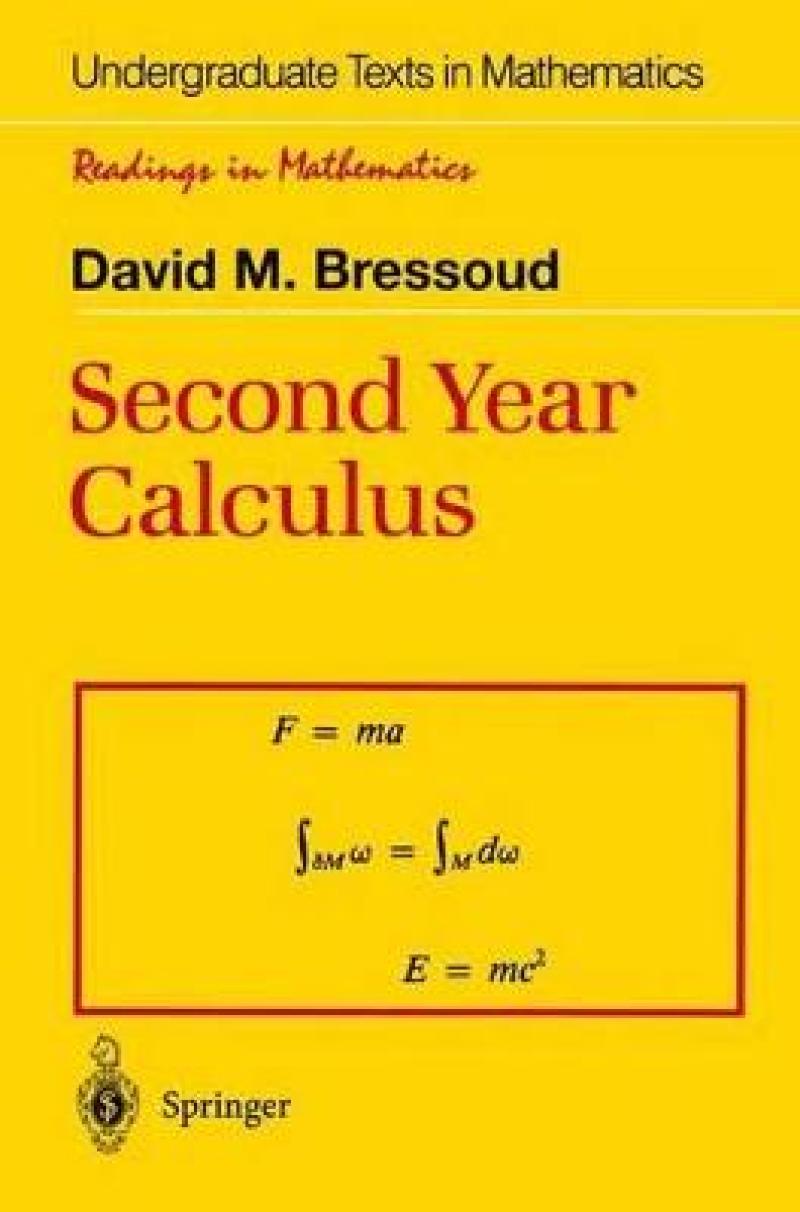The subtitle of this book, ``From celestial mechanics to special relativity'' is correctly indicative of its content, and in the preface, the author enthusiastically pleads guilty to blurring the line between mathematics and physics. One of the book's merits is the substantive historical material given. Among other purposes this serves to show the physics setting in which many calculus concepts have their origin. The book eventually gets around to a fairly honest mathematical treatment of the traditional material of advanced calculus via differential forms, but before arriving at this in Chapter 5, mathematics students are likely to have some frustrating experiences. In Chapter 4 one encounters ``we define $\int\sp{bar b}\sb{bar a}f\sb 1(x,y,z)dx+f\sb 2(x,y,z)dy+f\sb 3(x,y,z)dz$ to be the work done by this force field as it moves a particle along the directed line segment from $bar a$ to $bar b$''. Exercise 8 at the end of this section states ``Prove that in an arbitrary force field the amount of work done in moving from $bar a$ to $bar b$ may be dependent on the path''. So, one asks oneself, how is {\it work} defined? Nothing more is to be found than the statement in Chapter 2 that work is force times distance, and the resulting representation as a dot product of vectors. The book has much to recommend it. If the first four chapters are primarily to serve as providing some intuitive foundation, it might be better to more explicitly acknowledge this, and to find a more appropriate formulation for whatever is intended in exercises such as the one cited above. ZENTRALBLATT MATH

